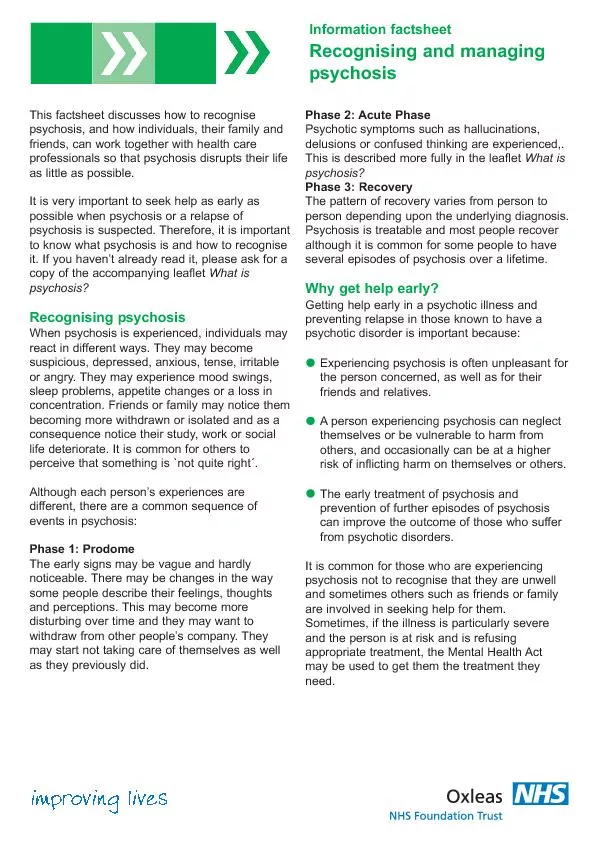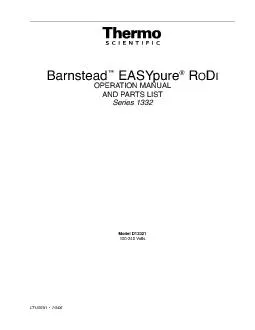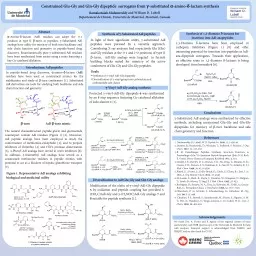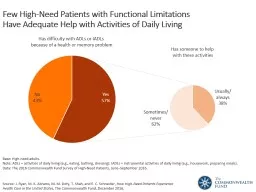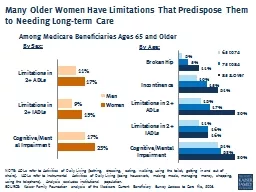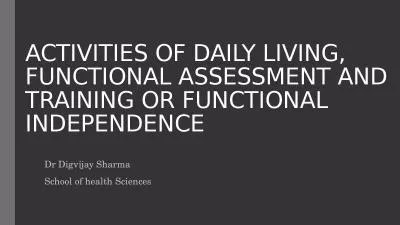PPT-ADL AND IADL The Activities of Daily Living are a series of basic activities performed
Author : delcy | Published Date : 2022-02-10
The term activities of daily living was first coined by Sidney Katz in 1950 1 ADL is used as an indicator of a persons functional status The inability to perform
Presentation Embed Code
Download Presentation
Download Presentation The PPT/PDF document "ADL AND IADL The Activities of Daily Liv..." is the property of its rightful owner. Permission is granted to download and print the materials on this website for personal, non-commercial use only, and to display it on your personal computer provided you do not modify the materials and that you retain all copyright notices contained in the materials. By downloading content from our website, you accept the terms of this agreement.
ADL AND IADL The Activities of Daily Living are a series of basic activities performed: Transcript
Download Rules Of Document
"ADL AND IADL The Activities of Daily Living are a series of basic activities performed"The content belongs to its owner. You may download and print it for personal use, without modification, and keep all copyright notices. By downloading, you agree to these terms.
Related Documents



